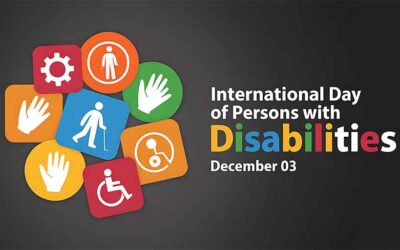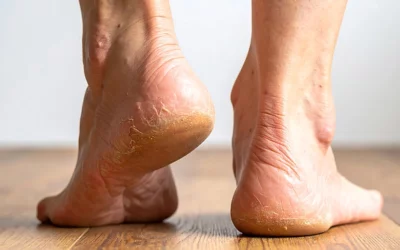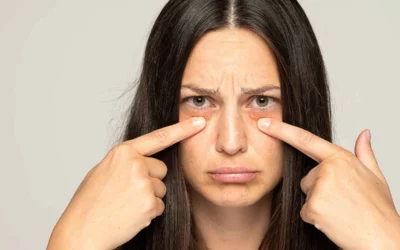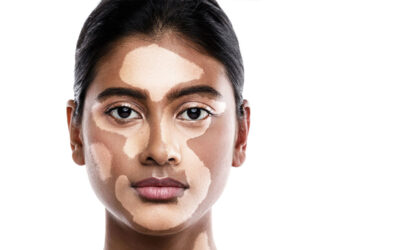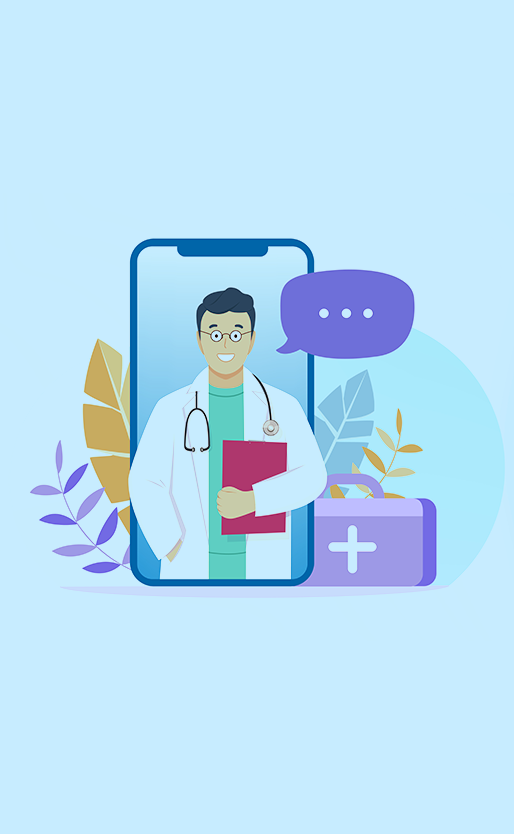Blue Light and Eye Strain: How Screens Are Affecting Your Eyes
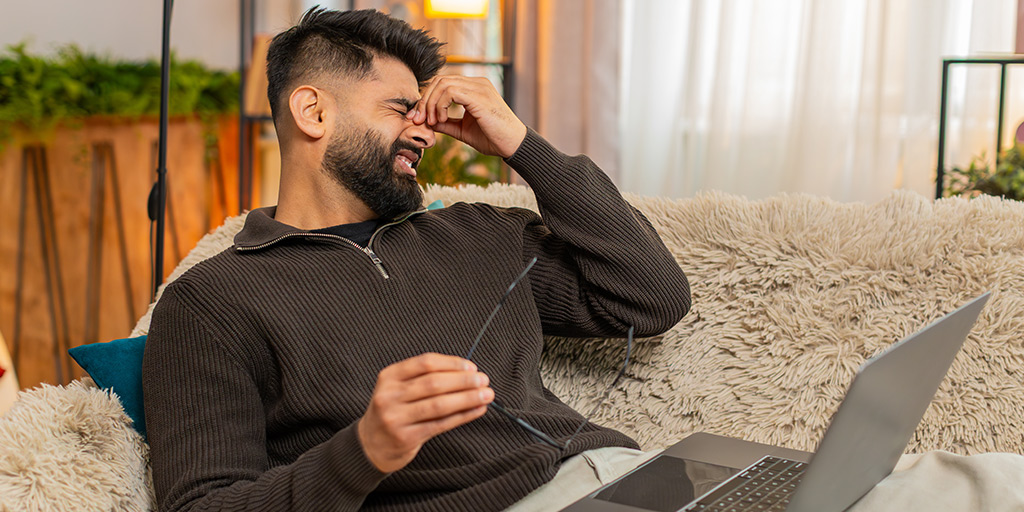
In today’s screen-dominated world, an increasing number of people are spending long hours on computers, smartphones, and other digital devices. While technology has made work and communication more convenient, it has also introduced a growing challenge for our eyes. From students attending online classes to professionals working on computers, people across all age groups are reporting symptoms such as tired eyes, headaches, and blurred vision due to excessive screen time. As a result, there is a sharp rise in complaints of eye strain and vision discomfort, especially among those who spend over 6 hours a day on digital devices – a problem which is often attributed to the “blue light” emitted by digital screens. That’s why in this article, we will discuss blue light in detail, covering its effects on the eyes, how it leads to digital eye strain, and simple ways to protect and maintain healthy vision. Let’s start with understanding how our eyes get strained.
Table of Contents
ToggleWhat is Eye Strain?
Eye strain, also known as eye fatigue, occurs when the eyes become tired from prolonged use of digital screens, reading for long periods, or performing tasks that require intense visual concentration. It has become a common problem in the digital age, often resulting from prolonged exposure to blue light (extended screen time), poor lighting, improper viewing distance, or untreated vision problems such as nearsightedness or astigmatism. When the eyes are forced to work harder than usual, such as while reading small text on mobile screens or focusing on close-up tasks for long periods, they begin to feel strained, dry, or uncomfortable.
This condition has become increasingly prevalent with the rise of digital devices, leading to what experts call digital eye strain or computer vision syndrome. Both terms describe a collection of symptoms caused by continuous screen exposure without adequate breaks or proper eye care.
What is Blue Light?
Blue light is a type of visible light with a short wavelength and high energy. It is naturally present in sunlight but is also emitted by digital devices such as smartphones, laptops, tablets, and LED lights. While exposure to natural blue light during the day helps regulate mood and sleep patterns, excessive artificial exposure from screens can strain the eyes over time.
Unlike other light wavelengths, blue light penetrates deeply into the eye and can reach the retina, where long-term exposure may contribute to discomfort or potential damage to sensitive eye tissues. With increased screen use for work, study, and entertainment, understanding how this light affects the eyes has become more important than ever.
How Does Blue Light Affect Your Eyes?
Continuous exposure to blue light from screens can have several effects on eye health. Although short-term exposure may only cause mild discomfort, long-term and unregulated screen use can gradually impact different parts of the eye and even cause sleep disorder. Some of the most common effects of blue light on the eyes include:
Digital Eye Strain
Digital eye strain, also known as computer vision syndrome, refers to a group of eye and vision-related problems caused by prolonged use of computers, smartphones, tablets, or other digital screens. As people spend more time working, studying, or relaxing in front of screens, the eyes are forced to continuously focus, adjust, and cope with bright light and glare. This repetitive strain can lead to both visual and physical discomfort. Here’s how digital eye strain typically affects people:
- Visual fatigue: Continuous focusing on close-up screens tires the eye muscles, leading to a sense of heaviness or difficulty keeping the eyes open.
- Dryness and irritation: Reduced blinking rates during screen use can dry out the eye surface, causing burning or itching sensations.
- Temporary blurred vision: Switching focus from screen to distance becomes harder after extended use.
- Head, neck, and shoulder discomfort: Poor posture and prolonged concentration can trigger muscle tension and headaches.
Impact on Retina and Eye Cells
Blue light has a higher energy level compared to other types of visible light, allowing it to penetrate deeply into the eye. Over time, excessive exposure may cause stress to the retina and damage light-sensitive cells. This can contribute to symptoms such as blurred vision and eye discomfort, and in rare cases, increase the risk of long-term retinal problems.
Sleep Cycle Disruption
Blue light exposure during evening hours can interfere with the body’s natural sleep rhythm. It suppresses melatonin, the hormone responsible for sleep, making it harder to fall asleep and affecting the quality of rest. Poor sleep can, in turn, worsen eye strain and overall fatigue.
Who is at Risk of Blue Light Eye Strain?
While anyone who uses digital devices for long hours can experience eye strain, certain groups are more vulnerable due to their screen-dependent lifestyles or visual demands. Understanding these risk factors helps in adopting preventive habits early. People more likely to develop blue light-related eye strain include:
- Students with long study hours: Online classes, digital textbooks, and extended screen-based learning increase continuous exposure to blue light.
- Office workers using computers: Spending long hours on desktops and laptops without adequate breaks puts constant strain on the eyes.
- Gamers and binge-watchers: Prolonged recreational screen time under low lighting conditions can worsen fatigue and visual discomfort.
- Children with increased screen time: Early and excessive exposure from mobiles and tablets can affect eye development and contribute to symptoms of digital eye strain.
Read More: Screen Time Guidelines for Different Age Groups
How to Protect Your Eyes from Blue Light?
Reducing exposure to blue light and adopting healthy screen habits can significantly lower the risk of eye strain. Small, consistent changes in daily routines can make a noticeable difference in maintaining eye comfort and overall vision health. Some effective ways to protect the eyes from blue light include:
- Use of blue light filters on devices: Most smartphones, tablets, and computers now have built-in blue light filters or “night mode” settings that reduce glare and high-energy light exposure.
- Wearing blue light blocking glasses: These glasses are designed to filter harmful wavelengths, especially useful for those spending extended hours on screens.
- Adjusting screen brightness and contrast: Keeping the screen brightness similar to surrounding light levels helps reduce eye fatigue.
- Taking frequent breaks (20-20-20 rule): Every 20 minutes, look at an object 20 feet away for 20 seconds to relax the eye muscles.
- Eye exercises and proper blinking habits: Simple eye rotations, focusing at different distances, and regular blinking help maintain lubrication and reduce dryness.
How to Relieve Eye Strain?
When it comes to relieving eye strain after long hours of screen use, simple lifestyle changes and home remedies can provide quick relief. Here are some effective ways to ease eye strain:
- Follow the 20-20-20 rule: Take regular breaks by looking away from the screen every 20 minutes to focus on something 20 feet away for 20 seconds.
- Apply a warm compress: Placing a soft, warm cloth over closed eyes improves circulation and soothes dryness or irritation.
- Keep eyes hydrated: Use lubricating eye drops if prescribed, or blink consciously more often to prevent dryness.
- Maintain proper lighting: Avoid working in dim light or with strong glare behind screens. Ensuring that the room is evenly lit, without harsh glare or dim surroundings, also helps reduce eye strain.
- Sit at a safe distance: Maintain an arm’s length between eyes and the screen, with the top of the monitor at or slightly below eye level.
- Stay hydrated and rest adequately: Dehydration and fatigue can worsen eye strain, so adequate water intake and good sleep are equally important.
If symptoms such as dry eyes, headache, or blurred vision persist despite these measures, it is advisable to consult an ophthalmologist for a detailed evaluation.
When to See an Eye Doctor for Eye Strain?
Occasional eye strain after long hours on screens is common, but persistent or worsening symptoms should never be ignored. Seeking medical advice at the right time helps prevent potential eye complications and ensures that any underlying vision problems are detected early. It is advisable to see an eye doctor if:
- Eye strain, pain, or headaches continue despite rest and preventive steps.
- Vision appears consistently blurred or double.
- Eyes feel unusually dry, watery, or sensitive to light.
- There is difficulty focusing or maintaining clear vision while reading or using screens.
- Eye discomfort is affecting work performance, sleep quality, or daily activities.
Protecting Your Vision in the Digital Age
In an era where screens are central to work, learning, and entertainment, caring for eye health has become more important than ever. Prolonged exposure to blue light is increasingly causing digital eye strain, sleep disturbances, and visual discomfort that interfere with daily life. That said, taking simple precautions and seeking timely medical guidance can help prevent lasting discomfort.
At Graphic Era Hospital, our experienced ophthalmologists use advanced diagnostic tools and specialised treatments to assess and manage all types of eye strain and screen-related vision problems. Whether it’s routine eye fatigue or complex eye issues, expert support is always available to help restore visual comfort and protect long-term eye health.
To consult an eye specialist at Graphic Era Hospital, book an online consultation or call 1800-889-7351.
Frequently Asked Questions (FAQs)
Is blue light harmful to the eyes?
Blue light from digital devices is not entirely harmful, but excessive exposure can cause eye strain, dryness, and discomfort. Over time, it may contribute to retinal stress and disrupted sleep patterns. Using blue light filters and taking screen breaks helps reduce its effects.
Can blue light cause permanent eye damage?
There is no strong evidence that blue light from screens causes permanent eye damage. However, long-term exposure without proper care can lead to chronic strain, fatigue, and vision discomfort, which may worsen existing eye conditions.
How can I prevent eye strain while using screens?
Follow the 20-20-20 rule, maintain good posture, use anti-glare screens or blue light filters, and keep your eyes lubricated. Adjusting screen brightness and ensuring proper room lighting also help prevent strain.
Can using a mobile phone for long hours damage the eyes?
Yes, continuous mobile use can cause dryness, headaches, and blurred vision due to reduced blinking and intense blue light exposure. Limiting screen time and taking regular breaks can protect the eyes from excessive fatigue.
How do I know if my eye pain is due to eye strain or something serious?
If the pain is accompanied by persistent blurred vision, redness, or sensitivity to light, it could indicate an underlying problem beyond simple strain. In such cases, consult an eye doctor near you for evaluation.
Can eye strain affect sleep quality?
Yes. Exposure to blue light in the evening can suppress melatonin production, making it difficult to fall asleep and affecting sleep quality. Reducing screen use before bedtime helps maintain a healthy sleep cycle.
How long does eye strain usually last?
Mild eye strain often improves within a few hours of rest. However, if symptoms persist for days or frequently recur, an eye examination may be needed to rule out vision correction or screen-related issues.
Does blue light filter really help?
Yes. Blue light filters on devices and glasses reduce high-energy light exposure, helping ease eye strain and maintain visual comfort during extended screen use.
Where can I find treatment for digital eye strain near me in Dehradun?
Graphic Era Hospital in Dehradun offers specialised care for digital eye strain and blue light-related vision issues. The ophthalmology department provides detailed eye evaluations, personalised treatment plans, and preventive guidance for long-term eye health.
By Specialities
- Bariatric Surgery
- Cancer Care
- Cardiology
- Dental
- Dermatology
- Diabetes & Endocrinology
- Endocrinology and Diabetes
- ENT (Ear Nose Throat)
- Eye Care
- Gastroenterology
- Haematology
- Health Care
- Health Tips
- Hematology
- Hepatology
- Internal Medicine
- Mental Health and Behavioural Sciences
- Metabolic
- Neonatology
- Nephrology
- Neurology
- Nutrition & Dietetics
- Obstetrics & Gynaecology
- Oncology
- Ophthalmology
- Orthopaedics
- Paediatric
- Physiotherapy & Rehabilitation
- Plastic and Reconstructive Surgery
- Psychology
- Pulmonology
- Rheumatology
- Spine
- Urology
Recent Posts
- Burning Sensation While Urinating: Common Causes and When to See a Urologist
- Strep Throat (Bacterial Infection): Symptoms, Diagnosis, and Effective Care
- International Day of Persons with Disabilities 2025: Breaking Barriers, Building a More Inclusive Future
- World AIDS Day 2025: Transforming HIV Care Through Awareness and Action
- Dry Skin to Cracked Heels: Winter Skincare Tips That Work
Need expert medical advice?
Share your details and our healthcare specialists will reach out to assist you.
By proceeding, you acknowledge and agree to our Privacy Policy, Terms of Use, and Disclaimer.


